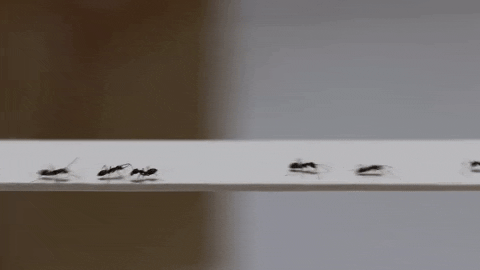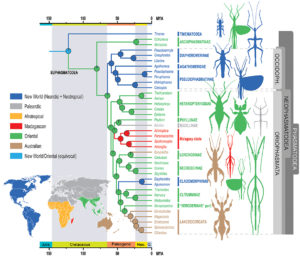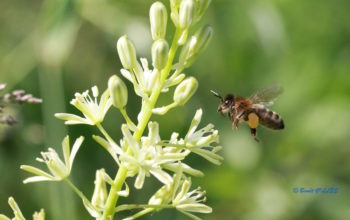Discovery of an acoustic mimicry used by the caterpillars of a butterfly to deceive ants and obtain food and care essential to their development.
Ants are environments with stable thermal and humidity conditions where food resources are stored (larval ants, food collected outside…) and which offer protection against predation and climatic hazards.
This is why many insect species and other arthropods (10 000 species have been recorded) have evolved to parasitize ants’ nests to carry out at least part of their development cycle. Some species feed on ant larvae and/or stocks, while others are directly fed by colony workers. In all cases, in order not to be detected and to avoid the vigilance of ants, illegal immigrants must manipulate the communication system of ants.
Ants communicate with each other by a set of chemical, tactile and sound signals (chirping). These different signals are used by ants to regulate social behaviour (hunting, care, feeding…) and exchange information between them. For many years, scientists have understood how these “parasites” manipulate ants using chemical secretions similar to those produced by all ants in the colony. The difficulty lies in the fact that each species of ants and each colony has its own olfactory mark that allows them to recognize themselves or distinguish an intruder. Thus, caterpillars imitate the chemical secretions emitted by hungry ants larvae, which are therefore fed by workers.
caption id=”attachment_1273″ align=”alignright” width=”300″] Butterfly caterpillar of the genus Maculinea with a worker ant of the genus Myrmica (Source : Gherlenda/University of Turin, Italy)[/caption]
Butterfly caterpillar of the genus Maculinea with a worker ant of the genus Myrmica (Source : Gherlenda/University of Turin, Italy)[/caption]
Scientists (Barbero et al., 2014) have just discovered a new type of manipulation in a butterfly of the genus Maculinea, where caterpillars mimic the stridulation of ants. In previous studies, it has been shown that the different castes (see these articles Atta and Eciton) and especially the queen emitted specific sound signals. The caterpillars thus developed during evolution, the ability to emit the queen’s sound signals. The advantage is that caterpillars get more food rations and more care than ant larvae, even in times of food shortage!
This research provides information on the evolutionary mechanisms behind host-parasite relationships and their maintenance over time.
Source : Barbero F. ; Cascci L. P. ; Balletto E. & Bonelli S. (2014). Breaking the acoustical code of ants: The social parasite’s pathway. The Journal of the Acoustical Society of America 136 : 2184 (lien)




